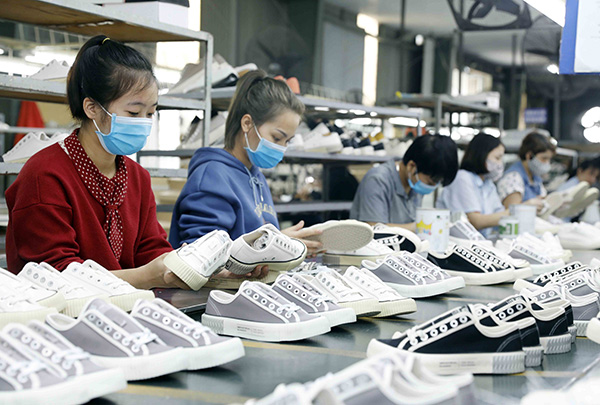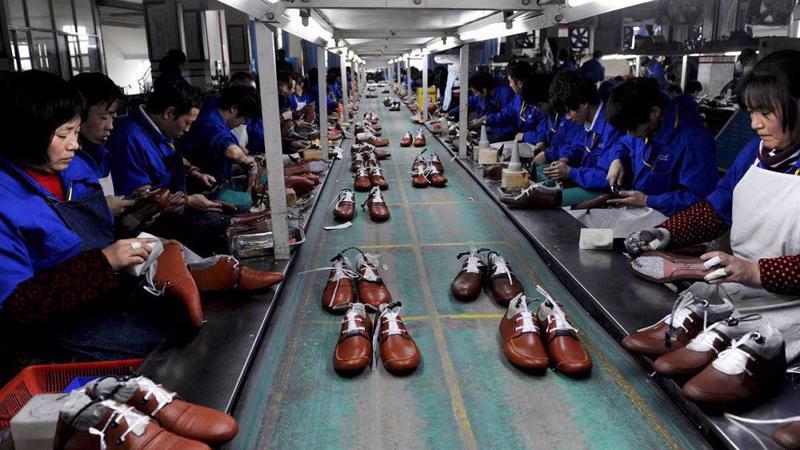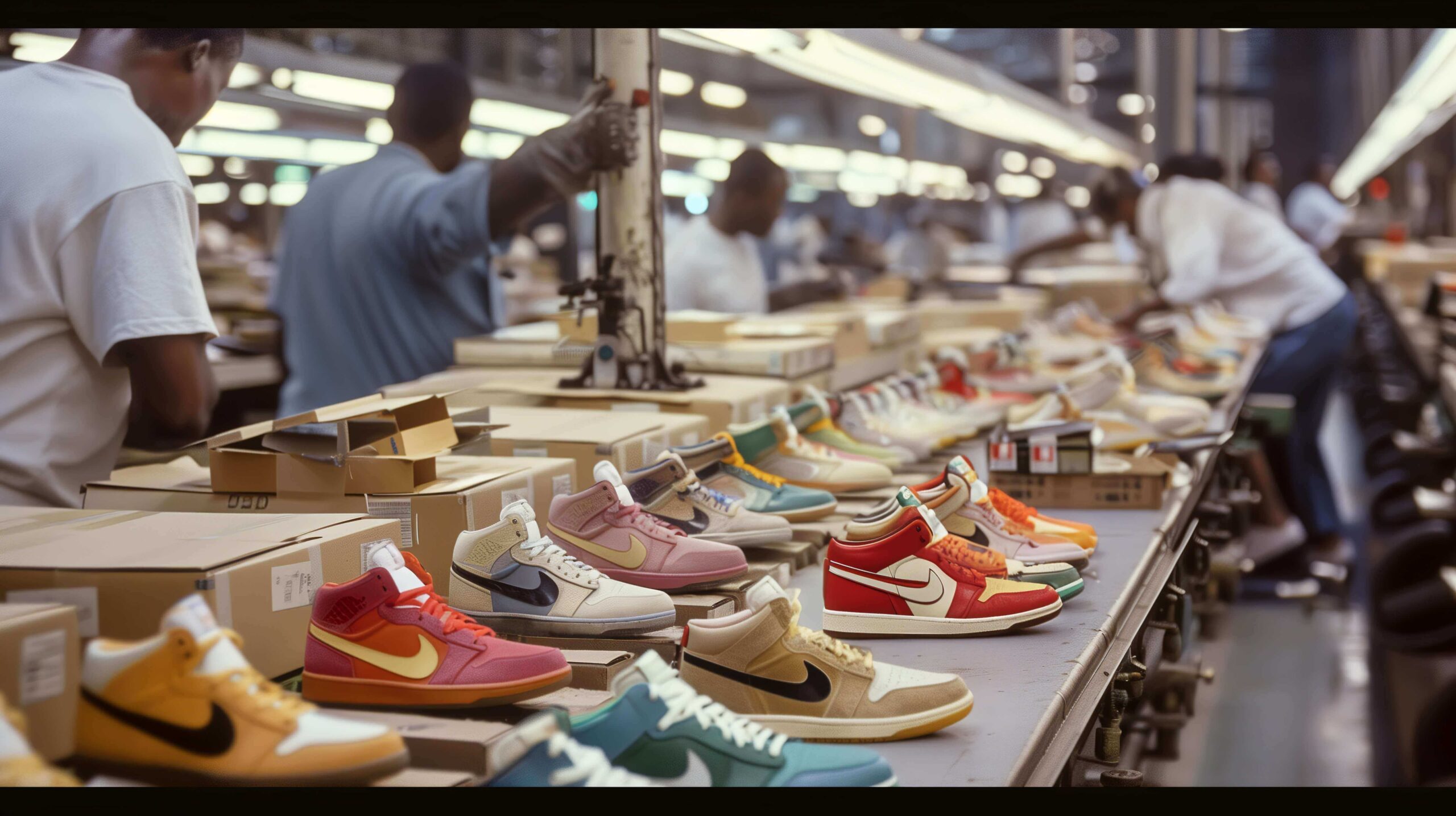The Footwear Industry: A Comprehensive Overview
The footwear industry is a dynamic and ever-evolving sector that plays a significant role in the global economy. Encompassing everything from luxury designer shoes to everyday sneakers, the industry caters to a wide range of consumer needs and preferences. This article delves into the importance of the footwear industry, the factors driving its growth, and the challenges it faces.


The Significance of the Footwear Industry
The footwear industry is essential for several reasons:
-
Economic Contribution: The industry significantly contributes to the global economy by generating substantial revenue and providing millions of jobs worldwide. It stimulates growth in related sectors such as manufacturing, retail, and fashion, and is a major export industry for many countries.
-
Consumer Demand: Footwear is a basic necessity, but it also represents fashion, identity, and lifestyle. The industry’s ability to innovate and adapt to changing consumer trends keeps it vibrant and relevant. From functional work boots to high-fashion heels, footwear meets various practical and aesthetic needs.
-
Technological and Design Innovations: Advances in materials, production techniques, and design have transformed the footwear industry. Innovations such as sustainable materials, 3D printing, and ergonomic designs have improved the functionality, comfort, and environmental impact of footwear products.


Factors Driving the Growth of the Footwear Industry
Several key factors contribute to the growth and dynamism of the footwear industry:
-
Increasing Disposable Income: As disposable incomes rise, especially in emerging markets, consumers are willing to spend more on footwear. This increase in purchasing power drives demand for both everyday and luxury shoes.
-
Health and Fitness Trends: The growing awareness of health and fitness has boosted the demand for athletic and casual footwear. Consumers are increasingly seeking comfortable and supportive shoes for exercise, outdoor activities, and casual wear, leading to the expansion of the athleisure segment.
-
Fashion and Lifestyle Changes: Fashion trends and lifestyle changes significantly influence footwear demand. The industry responds quickly to trends driven by fashion shows, celebrity endorsements, and social media. This responsiveness keeps the market vibrant and constantly evolving.
-
Technological Advancements: Innovations in production and design technologies have enhanced the efficiency and appeal of footwear products. Technologies such as 3D printing, automation, and sustainable materials are revolutionizing the way shoes are made, offering better quality and customization.
-
E-commerce Growth: The rise of e-commerce has transformed the footwear industry by making it easier for consumers to purchase shoes online. E-commerce platforms provide a wide variety of options and convenient shopping experiences, driving sales and expanding market reach.
Challenges in the Footwear Industry
Despite its growth and potential, the footwear industry faces several challenges:
-
Supply Chain Issues: The global nature of the footwear supply chain makes it vulnerable to disruptions. Factors such as political instability, natural disasters, and pandemics can impact production and distribution, leading to delays and increased costs.
-
Sustainability Concerns: The environmental impact of footwear production is a growing concern. The industry must address issues such as waste management, carbon footprint, and the use of non-renewable materials. Consumers are increasingly demanding sustainable products, prompting companies to adopt eco-friendly practices.
-
Intense Competition: The footwear market is highly competitive, with numerous brands vying for consumer attention. Companies must differentiate themselves through innovation, quality, and brand loyalty to maintain their market position.
-
Changing Consumer Preferences: Rapid shifts in consumer preferences can pose a challenge for footwear companies. Staying ahead of trends and continuously adapting product lines to meet evolving tastes is crucial for success.
-
Labor and Ethical Issues: The footwear industry has faced scrutiny over labor practices, including working conditions and fair wages. Companies must ensure ethical practices throughout their supply chains to maintain consumer trust and comply with regulations.


The Future of the Footwear Industry
The future of the footwear industry looks promising, with ongoing innovation and adaptation to emerging trends. Sustainable and ethical practices are likely to play a more significant role, with companies focusing on reducing their environmental impact and improving labor conditions. Technological advancements will continue to drive efficiency and customization, offering consumers more personalized and high-quality products.
In conclusion, the footwear industry is a vital and dynamic sector that meets a wide range of consumer needs. Its growth is driven by factors such as increasing disposable incomes, health and fitness trends, fashion changes, technological advancements, and the rise of e-commerce. Despite facing challenges like supply chain issues and sustainability concerns, the industry’s ability to innovate and adapt ensures its continued relevance and success. As the industry evolves, it will continue to play a crucial role in the global economy and in shaping consumer lifestyles.
